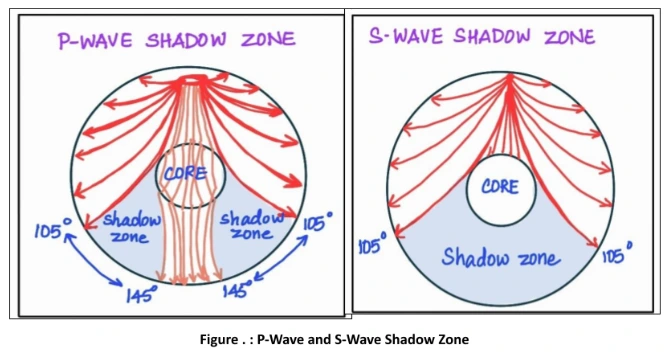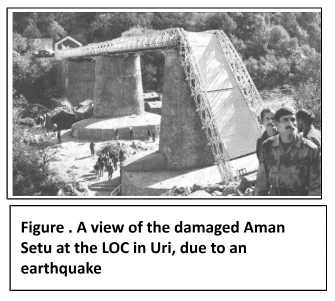![]() November 27, 2023
November 27, 2023
![]() 7458
7458
![]() 0
0
Earthquakes are natural geological phenomena characterized by the sudden release of energy in the Earth’s crust. This release of energy generates seismic waves that cause ground shaking, often leading to surface displacement and structural damage. These waves result from the movement of tectonic plates and various geological processes, making them a significant focus of study for understanding Earth’s dynamic nature.
Key Terms Related to Earthquakes
|


An earthquake is a potent natural hazard that can have a myriad of consequences, both immediate and long-term(Figure 3.14 and 15). Its immediate impacts are listed as under (of these effects, the first six have direct implications on the Earth’s landforms):


<div class="new-fform">
</div>
Latest Comments